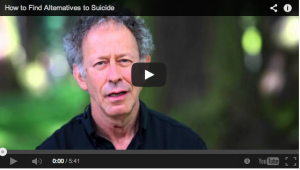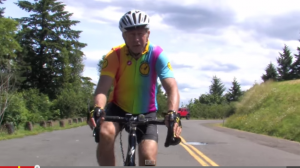A new article in the New York Times reports that Philosophy, the beauty brand owned by Coty, has become the first company to raise funds to treat mental illness. As I mentioned in a previous post, nearly 40,000 Americans commit suicide annually, about the same number that die from breast cancer. But while countless brands adopt pink packaging to raise awareness during Breast Cancer Awareness Month in October, corporate support for mental illness, the cause of most suicides, is decidedly scant.
Now Philosophy, the beauty brand owned by Coty, is introducing an effort to raise a projected $10 million over the next five years to combat mental illness. The Hope & Grace Initiative will direct 1 percent of sales of products throughout the brand’s skin care and fragrance lines to mental health charities, with a special focus on issues that particularly affect women, like postpartum depression and psychological trauma linked to domestic abuse. Grants typically will be about $25,000, with preference given to community-based programs.
The initiative is named for the two most popular products from Philosophy, which date back to the introduction of the brand in 1996: Hope in a Jar moisturizer and Amazing Grace fragrance.
Jill Scalamandre, chief marketing officer of Coty’s skin care division, said addressing mental health made sense for a brand associated with mindfulness.
“The DNA of the brand is really about inspiring women not only to look their best, but to feel their best,” Ms. Scalamandre said. “Philosophy is for women that are always on a journey of self-improvement, so we said, ‘Let’s look at mental health,’ and we were staggered by how big the issue is, with one in four women struggling with a mental health challenge.”
A section of the Philosophy website about the initiative includes a video featuring one woman, Kate (only first names are used), who has been found to have bipolar disorder, and another, Adrienne, with major depression and anxiety.
Both stress the importance of overcoming the shame and stigma associated with mental illness to get treatment. A 30-second version of the video, meant for public service announcements, that mentions the initiative but not the brand is expected to begin running on television in January, although dates are not certain when relying on donated commercial time. The videos are by the Bindery in New York, which specializes in branded content.
I totally commend Coty for this brave initiative, as there are hardly any corporations in America that are working to break the stigma of mental illness. Hopefully, other companies will be inspired enough by what Cody has done to start their own support of mental health programs.
To read the entire New York Times article, click here.




